Packaging 101: The Complete Guide
- Packaging 101
- Types of Packaging
- Aseptic Packaging
- Blister Packaging
- Biodegradable Packaging
- Bulk Packaging
- Carbon Neutral Packaging
- Circular Packaging
- Clamshell Packaging
- Compostable Packaging
- Cornstarch Packaging
- Corrugated Packaging
- Discreet Packaging
- Ecommerce Packaging
- Flexible Packaging
- Frustration Free Packaging
- Retail Packaging
- Secondary Packaging
- Smart Packaging
- Sustainable Packaging
- What is a PR Package?
- What is a Poly Mailer?
- Packaging Design Ideas
- AI Packaging Design
- Bakery Packaging Ideas
- Bath Bomb Packaging Ideas
- Bath Salt Packaging Ideas
- Body Butter Packaging Ideas
- Body Oil Packaging Ideas
- Body Scrub Packaging Ideas
- Brownie Packaging Ideas
- Cake Packaging Ideas
- Cake Pop Packaging Ideas
- Candle Packaging Ideas
- Candy Packaging Ideas
- Canva Packaging Design
- Chocolate Packaging Ideas
- Cinnamon Roll Packaging Ideas
- Clothing Packaging Ideas
- Coaster Packaging Ideas
- Coffee Bag Design Ideas
- Cookie Packaging Ideas
- Cosmetics Packaging Design
- Cotton Candy Packaging Ideas
- Cupcake Packaging Ideas
- DIY Packaging Ideas
- Dog Treat Packaging Ideas
- Food Packaging Ideas
- Empanada Packaging Ideas
- Etsy Packaging Ideas
- French Fries Packaging Ideas
- Frozen Food Packaging Ideas
- Hair Extension Packaging Ideas
- Handbag Packaging Ideas
- Jewelry Packaging Ideas
- Keychain Packaging Ideas
- Lash Packaging Ideas
- Lip Gloss Packaging Ideas
- Macaron Packaging Ideas
- Minimalist Packaging Ideas
- Mug Packaging Ideas
- New Employee Welcome Kit Ideas
- Packaging Colors
- Packaging Inserts Ideas
- Packaging Logo Design
- Packaging Typography
- Perfume Box Design Ideas
- Pizza Box Design Ideas
- Popcorn Packaging Ideas
- Scarf Packaging Ideas
- Skincare Packaging Design Ideas
- Soap Packaging Ideas
- Sock Packaging Ideas
- Sticker Packaging Ideas
- Sunglass Packaging Ideas
- Sustainable Packaging Ideas
- Tea Packaging Ideas
- Wax Melt Packaging Ideas
- Weed Packaging Ideas
- T-Shirt Packaging Ideas
- Wine Packaging Design Ideas
- What is a Packaging Engineer?
- Types of Packaging Materials
- Chipboard vs Cardboard
- Compostable Packaging Materials
- Alternatives to Plastic Packaging
- Edible Packaging Materials
- Food Packaging Materials
- Are Poly Mailers Recyclable?
- How to Recycle Cardboard Boxes
- How to Recycle Packaging Materials
- Medical Device Packaging Materials
- Mono Material Packaging
- Pharmaceutical Packaging Materials
- Plastic Food Packaging
- Protective Packaging Materials
- Reusing Packaging Materials
- Types of Packaging Foam
- Void Fill Packaging
- What is Chipboard?
- What is Kraft Paper?
- Offset vs Digital Printing
- RGB vs CMYK Printing
- Screen Printing vs Digital Printing
- Screen Printing vs Sublimation
- What is a Dieline in Packaging?
- What is Die Cutting?
- What is Digital Printing?
- What is Flexographic Printing?
- What is Glassine Paper?
- What is Offset Printing?
- What is Spot UV Printing?
- Why is 300 DPI Good for Printing?
- How to Estimate Shipping Costs
- How to Pack Glass for Shipping
- How to Mail a Bubble Mailer
- How to Make a Shipping Label
- How To Measure Box Dimensions and Sizes
- How to Ship Alcohol
- How to Ship Artwork
- How to Ship Books
- How to Ship a Cake
- How to Ship Candles
- How to Ship Chocolate
- How to Ship Clothes
- How to Ship Cookies
- How to Ship Food
- How to Ship a Hat
- How to Ship Jewelry
- How to Ship a Laptop
- How to Ship Perfume
- How to Ship a PC
- How to Ship Perishable Food
- How to Ship Plants
- How to Ship Shoes
- How to Ship Vinyl Records
- Packaging Symbols
- Shipping Large Items
- What is a Delivery Exception?
- What is Shipping Insurance?

Britt Martin, Arka's Partnerships lead, blends e-commerce expertise with sustainability advocacy, nurturing startups as a Founder in Residence at NYU.
Understanding the Basics of Shipping Plants
First, let's address the basics of how to ship live plants. The process requires careful planning and attention to detail. Choose the right container when considering how to mail a plant across the country. If you're wondering how to ship plants in pots or how to ship large plants, the key is securing the plant and its soil firmly to prevent any movement during transit.
Different plants require different shipping methods. For example, shipping bare-root plants involves removing soil and wrapping the roots in moist materials. In contrast, shipping aquatic plants or how to ship succulent plants might require minimal water to keep them hydrated. Learning how to ship house plants or propagated plants also means considering the best time of year to ship, ensuring they don't face extreme temperatures.
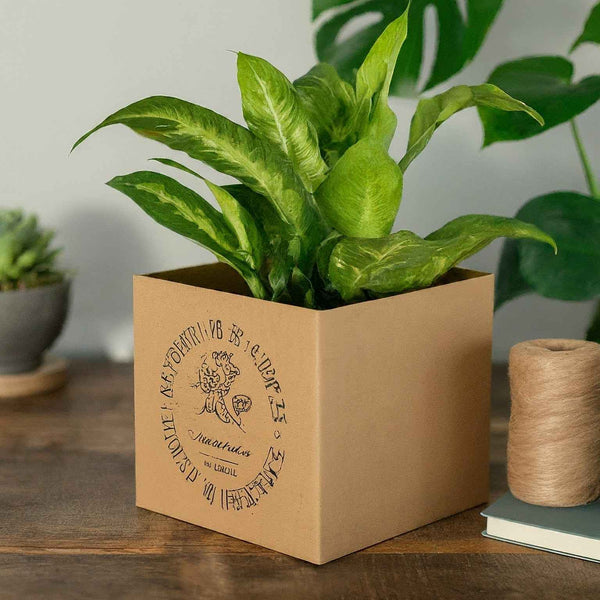
How to Pack Plants for Shipping: 9 Easy Steps
Shipping plants, whether across town or across the country, requires careful planning and preparation to ensure they arrive healthy and intact. Here’s a simple guide on how to pack plants for shipping in easy steps, incorporating everything from selecting the right plants to choosing the right shipping carrier.
Prepare Plants for Shipping
Before you even consider how to ship plants, selecting the right specimens is crucial. Choose sturdy, healthy plants that can withstand a journey. If you're wondering how to ship aquatic plants or air plants, the same rules apply: consider the destination's climate and research shipping regulations for specific plants. Here’s how to prepare your plants:
• Prune the Plant: Trim any unnecessary foliage to minimize stress and make packing easier.
• Water Properly: Ensure the plant is hydrated but not waterlogged a day before shipping.
• Protect Roots and Soil: Use a plastic bag to secure the soil and keep roots moist.
• Health Check: Make sure your plant is free from pests and diseases.
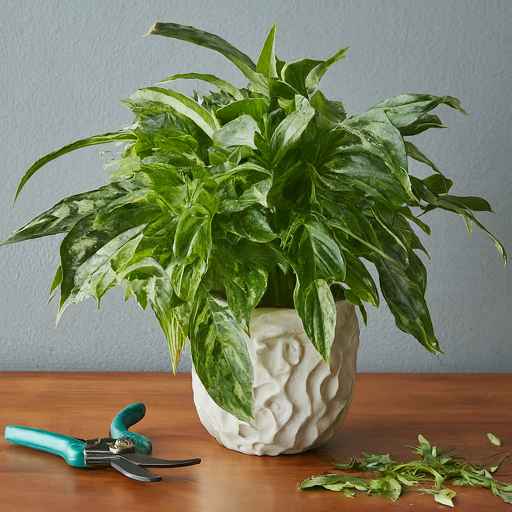
Choose the Right Packaging Materials
Proper packaging materials are your best ally in understanding how to pack plants for shipping. Use sturdy custom boxes and containers, and secure the plant with bubble wrap and packing peanuts. Protecting the soil and providing moisture control with plant-friendly materials will help keep your plant secure during its journey.
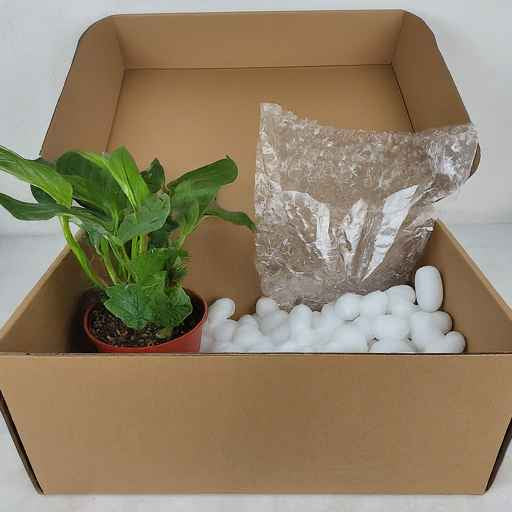
Properly Package Plants for Shipping
When packing, remove the plant from its pot if it’s not shipping in one, ensuring to protect leaves and stems by wrapping them with paper or soft fabric. Stabilize loose soil and cover the base with plastic to retain moisture.
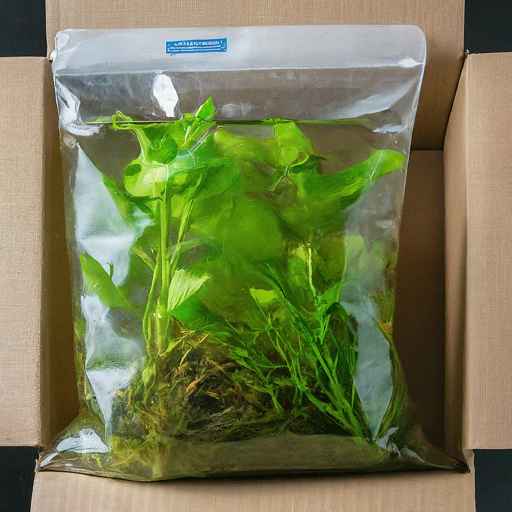
How to Ship Plants in Pots
If you're shipping plants in their pots, stabilize the pot within the shipping box to prevent tipping and secure it with additional packaging materials to prevent it from shifting.

Secure the Plant in the Custom Box
Utilizing custom shipping boxes like Arka’s can enhance protection. You can place the plant in the center of the box and surround it with protective packaging materials for optimal security.
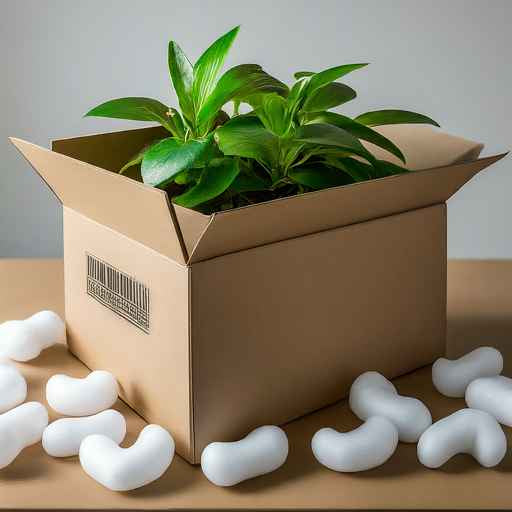
Seal and Label the Plant Box
Sealing and labeling your plant box clearly is crucial. Use custom stickers and custom packaging tape for a professional touch and to ensure the handling instructions are visible. Mention if the contents are live plants to prompt careful handling.
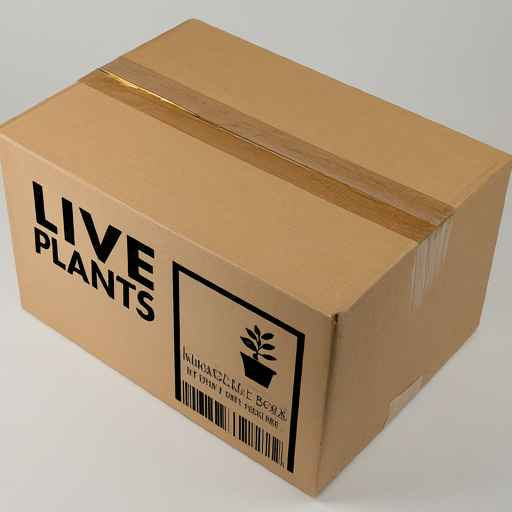
Keep Your Plants Hydrated During Shipping
Moisture control is vital. Here’s how to keep your plants hydrated:
• Pre-Transit: Water your plants adequately before shipping.
• During Transit: If possible, use soil additives that help retain moisture.
• Upon Arrival: Advise recipients to water the plant upon receiving it.

Choosing the Right Shipping Carrier for Plants
When deciding how to ship plants across country, consider which carrier best suits your needs. USPS, FedEx, and UPS offer guidelines for shipping live plants. Consider cost, transit time, and how each carrier handles fragile items.
Tracking and Monitoring
Lastly, utilize online tracking tools to monitor your plant’s journey. Providing customers with tracking numbers keeps them informed and can ease concerns about the status of their new green friend.
How to Ship Plants Internationally and Domestically
Here's a simple guide on how to ship plants across the country and even across climates.
Domestic Shipping
Preparation: Before you learn how to ship a plant domestically, ensure it is healthy and pest-free. Prune any unnecessary foliage and water it to moisten the soil during transit.
Packing: Secure the plant in a sturdy box, using bubble wrap or paper to stabilize it and prevent movement. Ensure the box has ventilation holes to allow air circulation.
Carrier and Costs: Choose a shipping carrier experienced in handling live plants. The cost to ship live plants domestically will vary based on the size and weight of the plant, as well as the shipping speed.
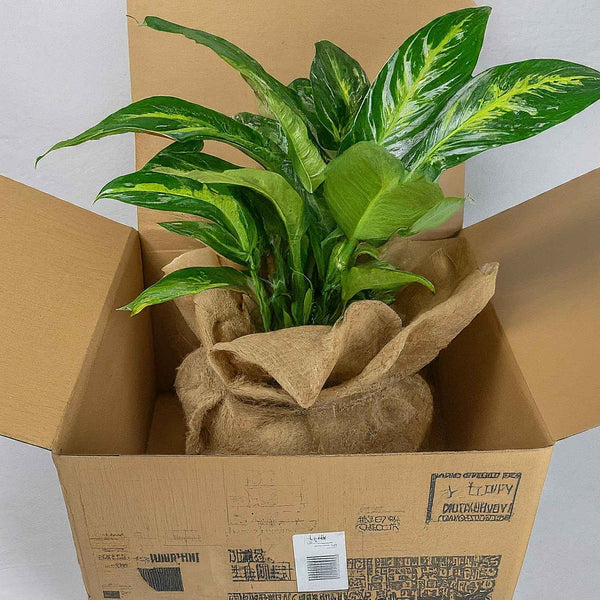
International Shipping
Regulations: Understand and comply with both countries' agricultural regulations to ensure your plant can be shipped legally.
Documentation: Prepare all necessary documentation, including phytosanitary certificates, to accompany your plant.
Packing and Carrier: Similar to domestic shipping, but choose an international carrier with experience in shipping live plants. The cost will be higher due to customs and additional paperwork.
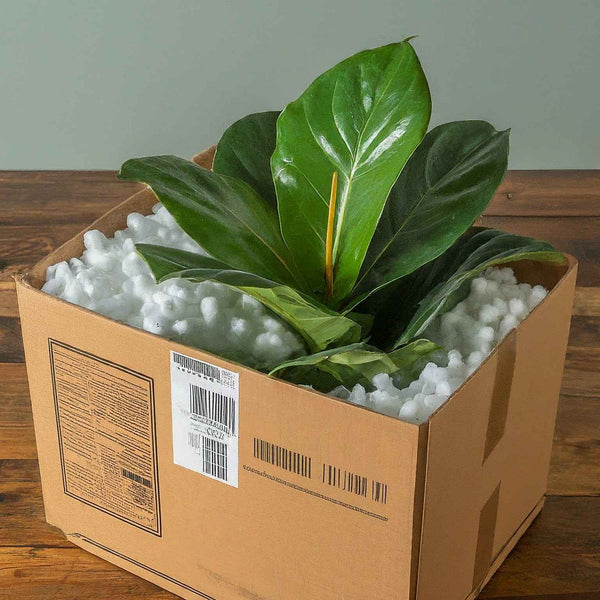
Shipping Plants Across Climates
Consider the Environment: When shipping plants across climates, consider the destination's climate and pack accordingly. Use insulation to protect against cold temperatures and breathable materials for hotter climates.
Timing: Ship at the beginning of the week to avoid the plant sitting in a warehouse over the weekend.
Shipping Solutions for Different Plant Types
Whether you're a business or an individual, understanding how to ship plants is essential. Here's a straightforward guide to shipping different plant types.
How to Ship Bare Root Plants
Bare root plants are shipped without soil, making them lighter and often easier to send. To ship these plants, carefully wrap the roots in moist paper towels, securing them with a plastic bag to retain moisture.
Ensure the roots are well protected and the plant is securely placed in a box to prevent movement during transit. This method helps reduce shipping costs and the risk of soil-related issues during shipping.
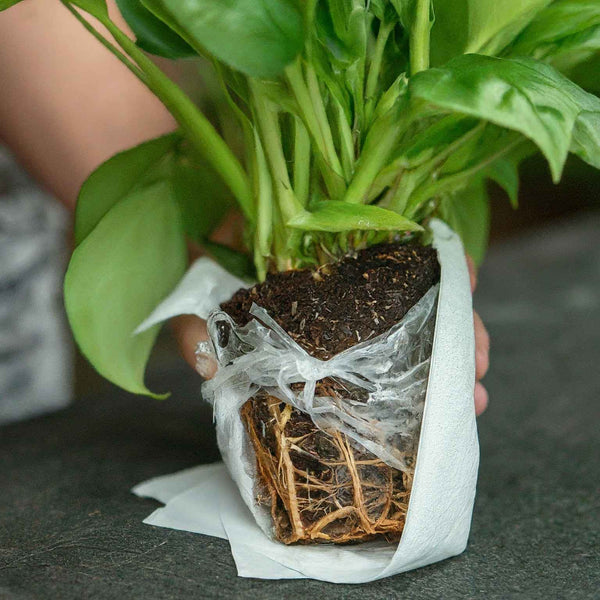
How to Ship Plant Seeds
Shipping plant seeds, cuttings, bulbs, and other delicate plants require minimal space and protection. Place seeds in small, padded envelopes or secure containers.
For cuttings and bulbs, wrap them in moist material and secure them in plastic bags before boxing. Always label the package with handling instructions to ensure careful transit and handling, minimizing the risk of damage.
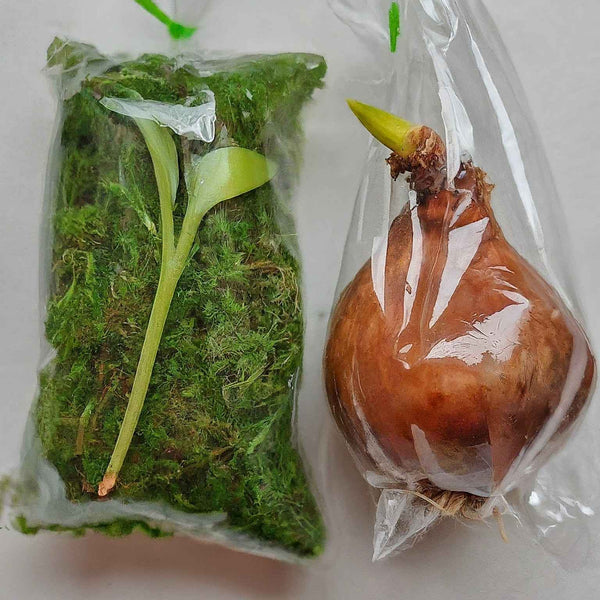

How to Ship Succulent Plants
Succulent plants are hardy and can withstand a bit of neglect, making them somewhat easier to ship. However, they still need protection. Wrap the pot in bubble wrap (if shipping potted) and secure the succulent itself with paper or plastic to prevent movement.
If shipping bare-root, ensure the roots are slightly moist and well-protected. Succulents' resilience to changes makes them one of the simpler plants to ship, requiring less concern about immediate watering upon arrival.
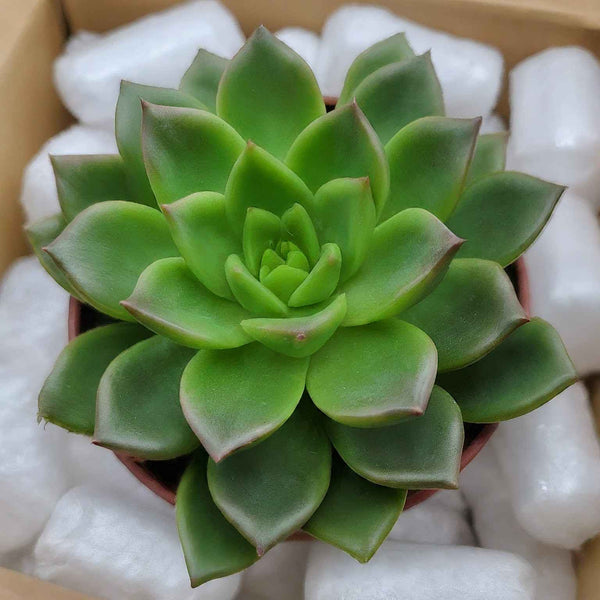
How To Ship Aquatic Plants
Aquatic plants require a unique approach. They should be shipped in bags filled with water, similar to how fish are shipped. Seal the plants with enough water to keep them moist but not so much that it causes leakage or excessive weight. Ensure the package is clearly labeled as containing live plants to encourage careful handling.
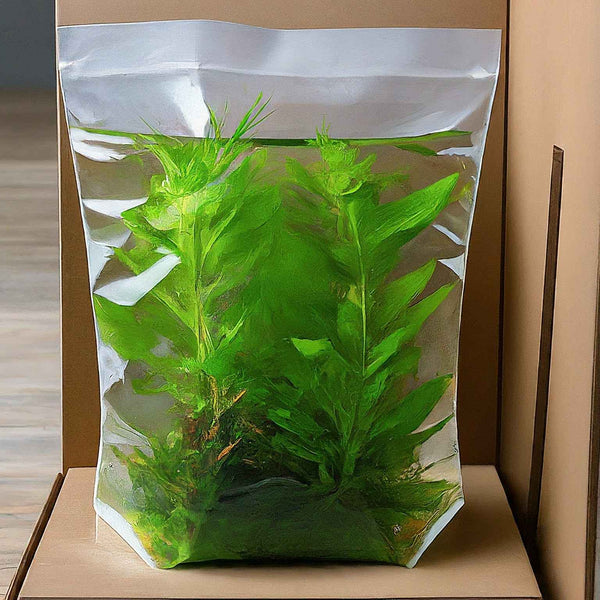
How To Ship House Plants
When figuring out how to ship a plant that's typically kept indoors, it's crucial to keep the soil moist and the plant secure. Use a plastic pot when possible to reduce weight.
Secure the plant and pot in a box with ample cushioning, and make sure the box is upright. Ventilation holes can also help maintain air circulation. The cost to ship live plants varies, but ensuring their safety is paramount.
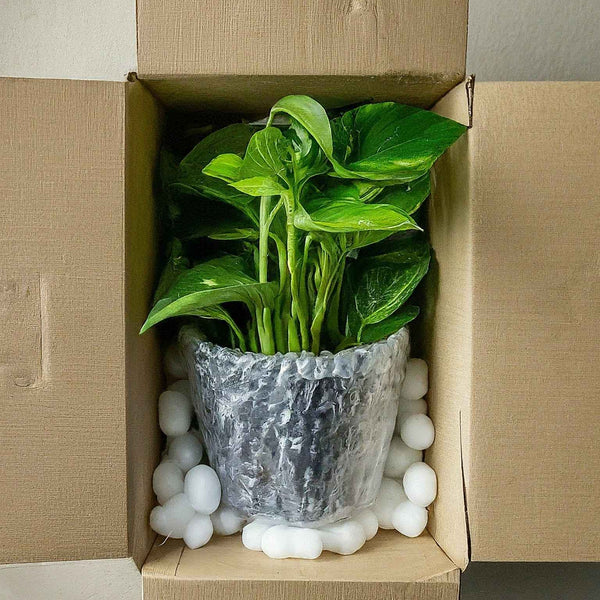
How To Ship Large Plants and Trees
Due to their size and weight, large plants and trees pose a significant challenge. A pallet might be necessary to provide adequate support during shipping. Secure the base and protect the branches or leaves with wrapping.
Due to their complexity, it's advisable to consult with shipping companies experienced in large plant transportation to understand the costs and logistics involved.

How to Ship Air Plants
Air plants are among the easiest to ship, requiring no soil and minimal moisture. Wrap them gently in tissue or paper, ensuring they are secure but not compressed.
Place them in a box with sufficient room to prevent crushing. Air plants' hardiness and light weight make them ideal for shipping, even over long distances.
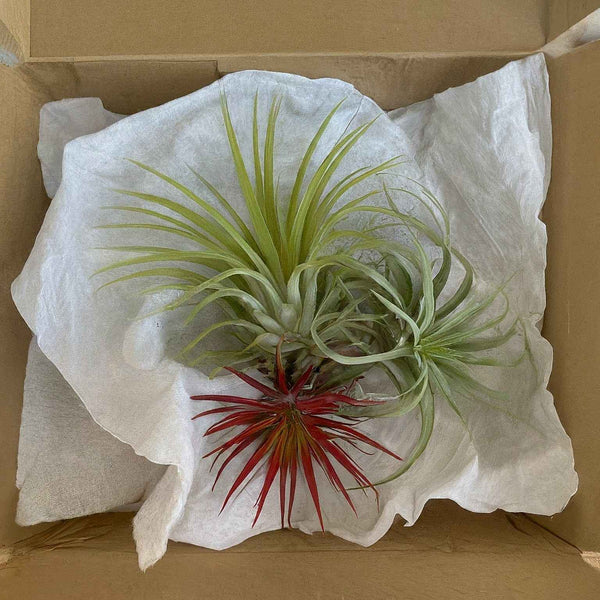
How Much Does it Cost to Ship Live Plants?
Shipping live plants is not as daunting as it might seem, but it does raise an important question: how much does it cost to ship live plants? The cost can vary widely depending on factors such as the size and weight of the plants, the distance they need to travel, and the speed of delivery you require.
Typically, prices can range from a few dollars for small, lightweight plants shipped within the same state, to upwards of $50 or more for larger plants or those being sent across the country.
When considering how to ship plants, it's crucial to consider your leafy friends' safety during transit. This is where shipping insurance comes into play. While it may add to the cost, shipping insurance provides peace of mind, ensuring you're covered in damage or loss. It's a small price to pay for the assurance that your plants arrive at their destination healthy and intact.
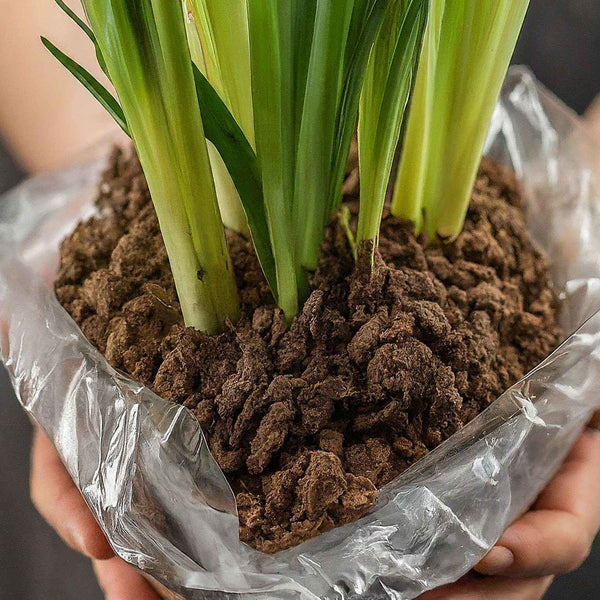
Final Thoughts
Mastering how to ship plants ensures your leafy companions reach their destination safely. For companies looking to enhance their plant shipping process, Arka offers custom packaging solutions tailored to your needs, safeguarding your plants throughout their journey.

